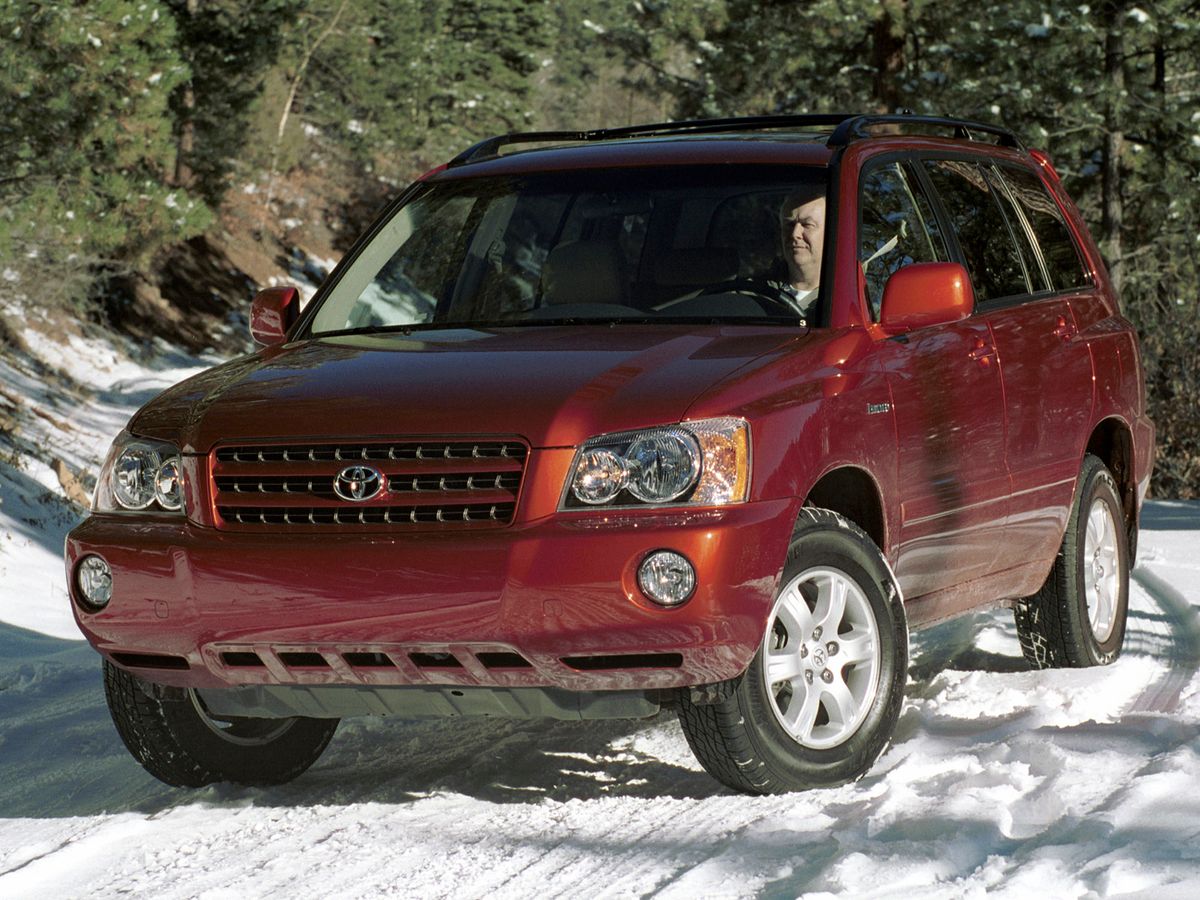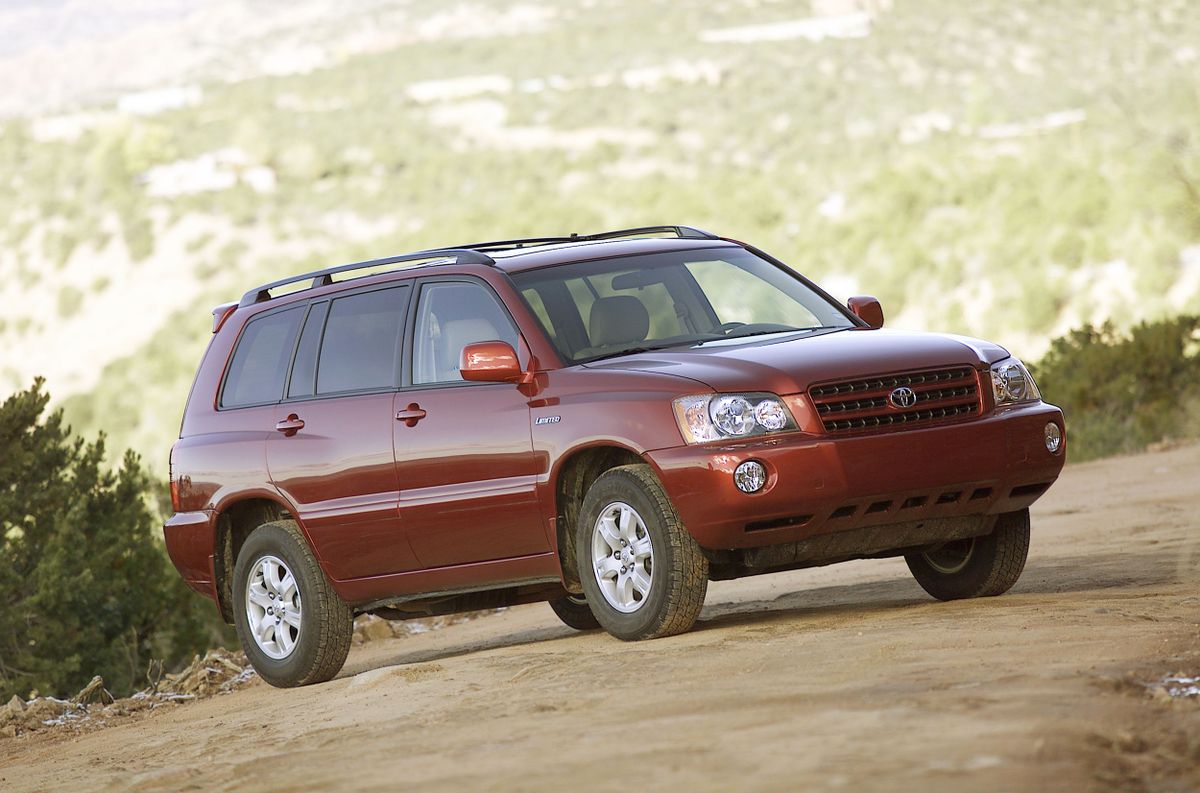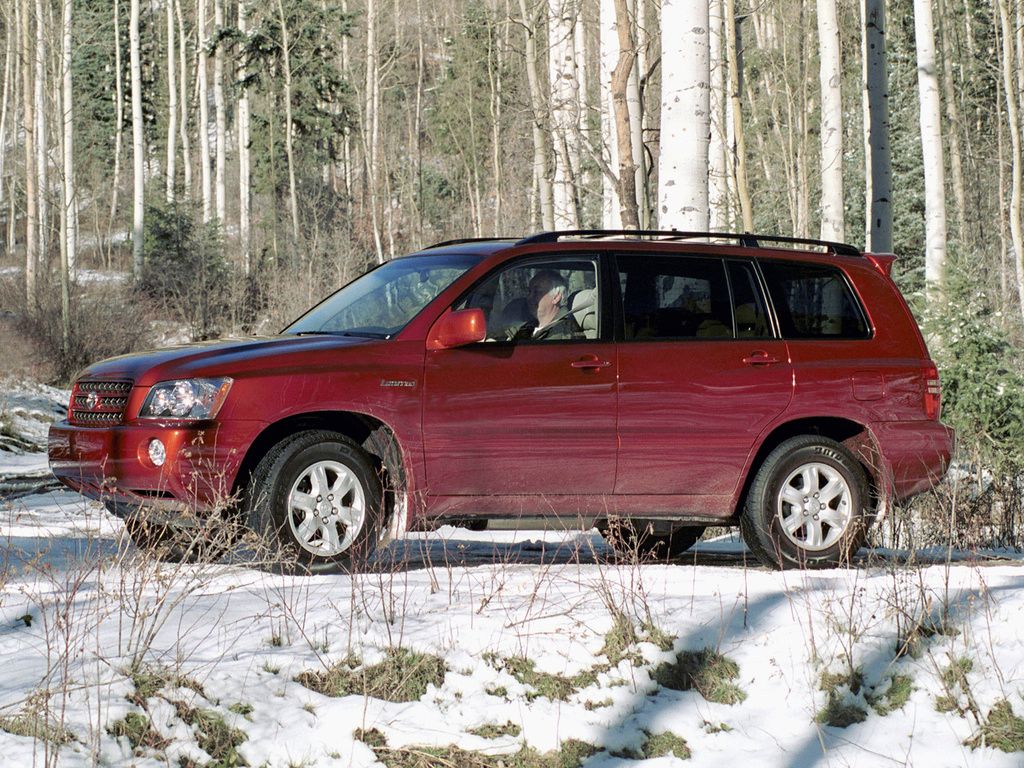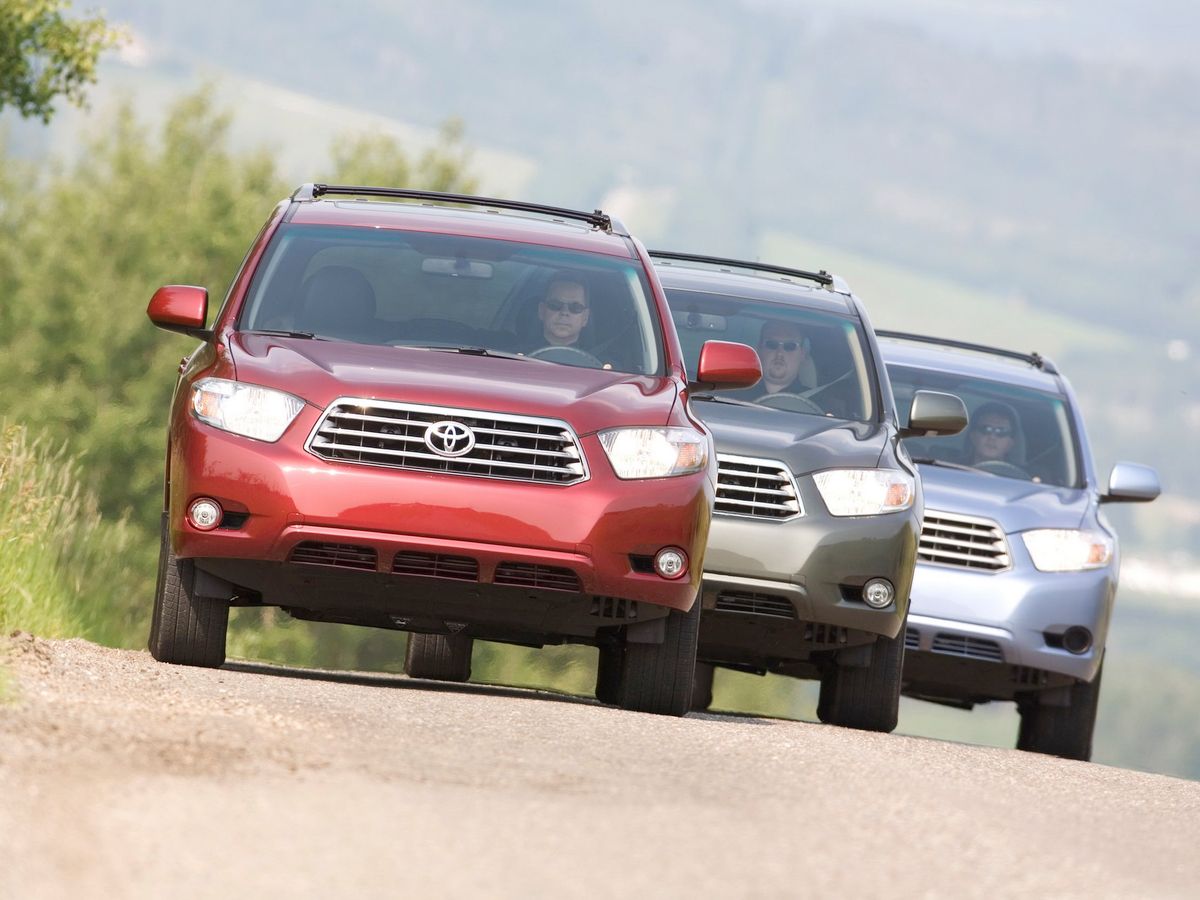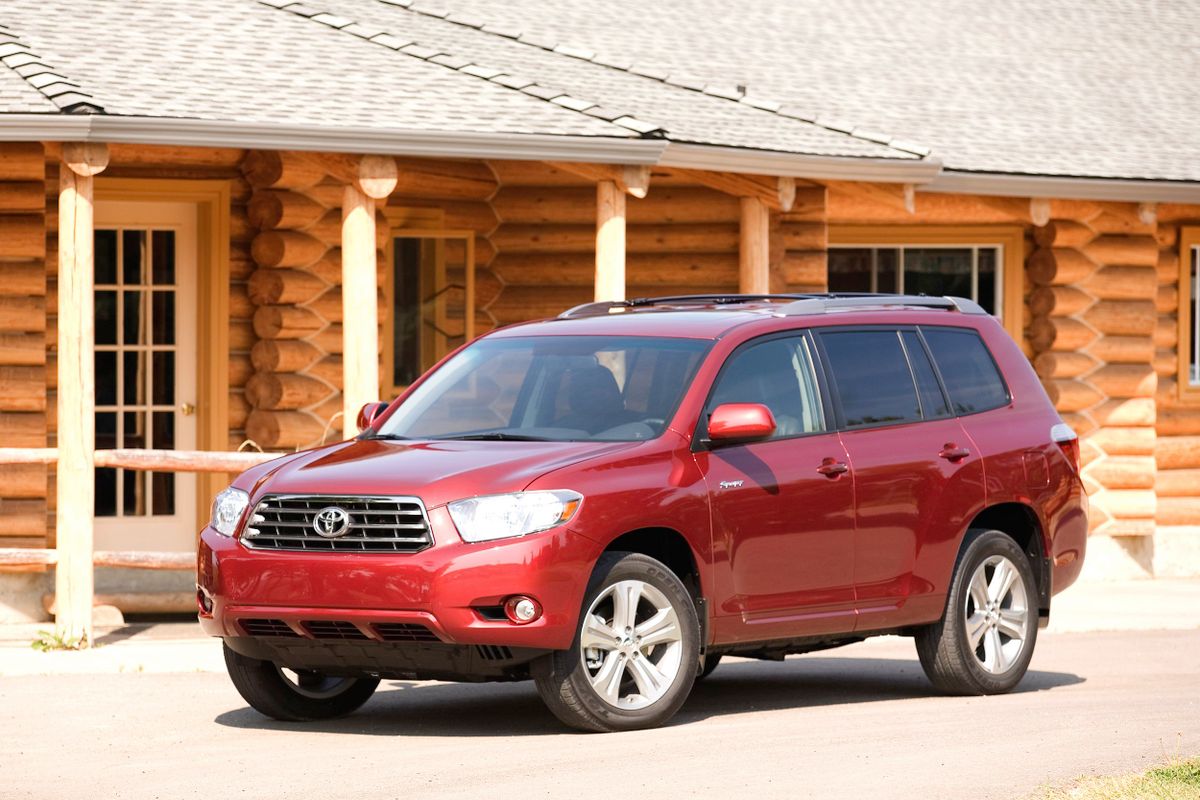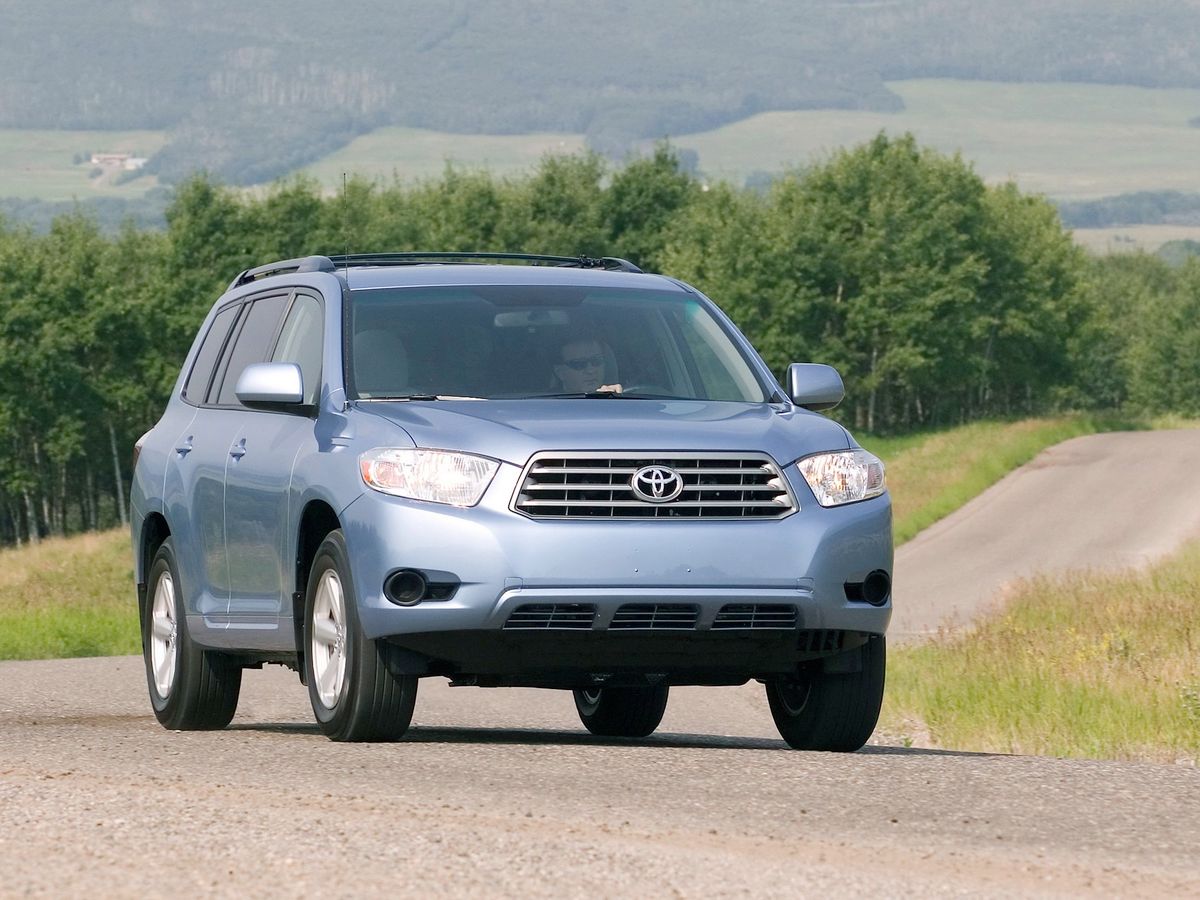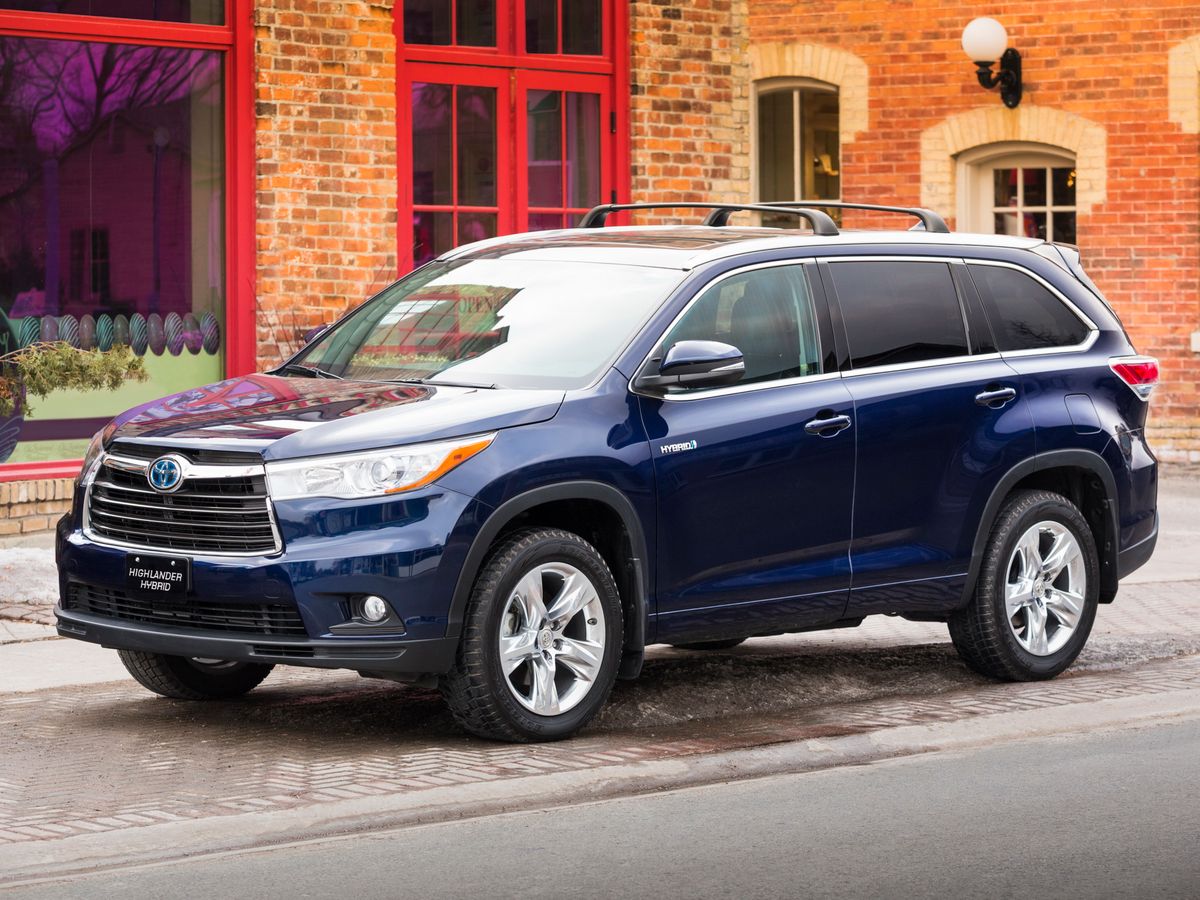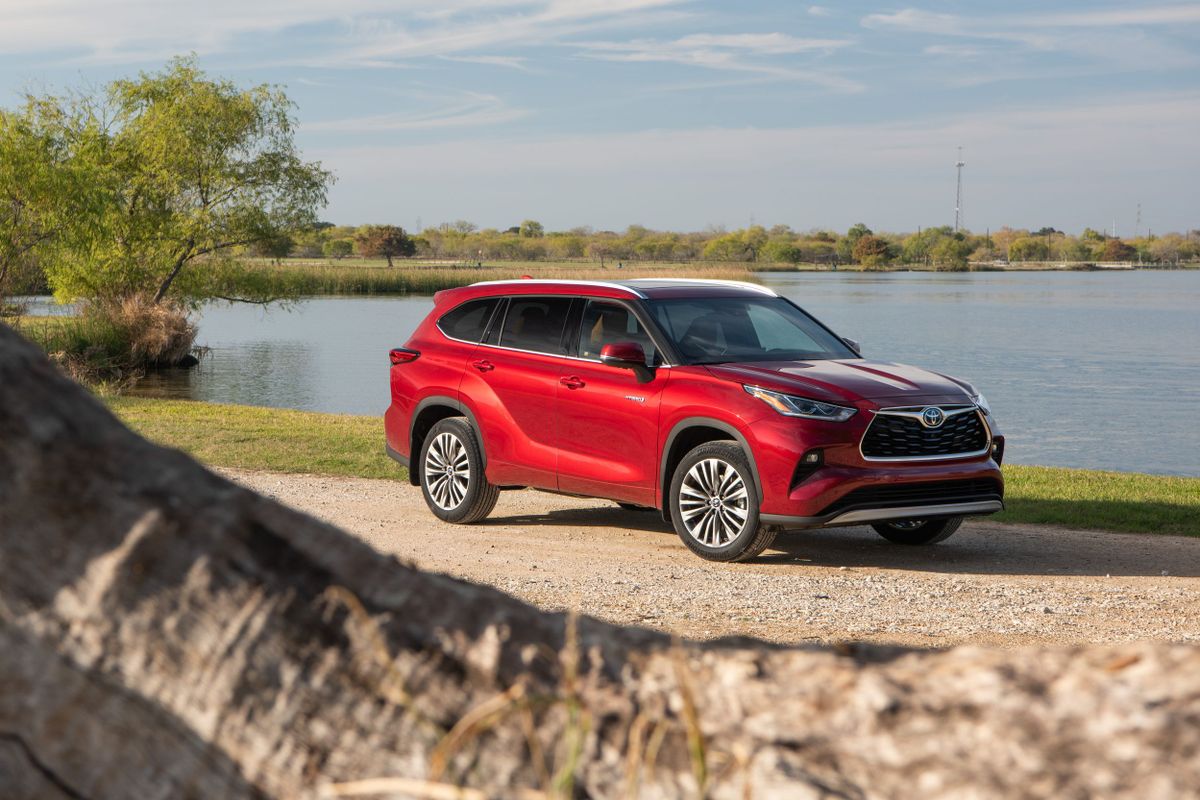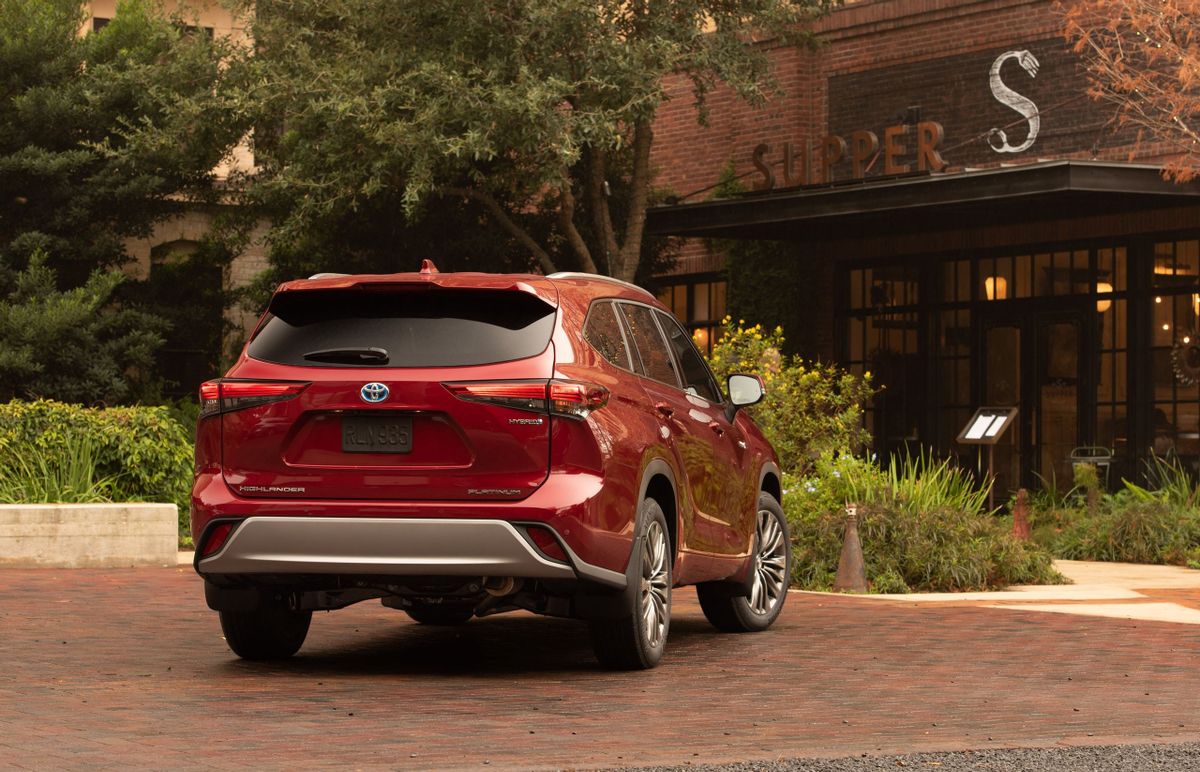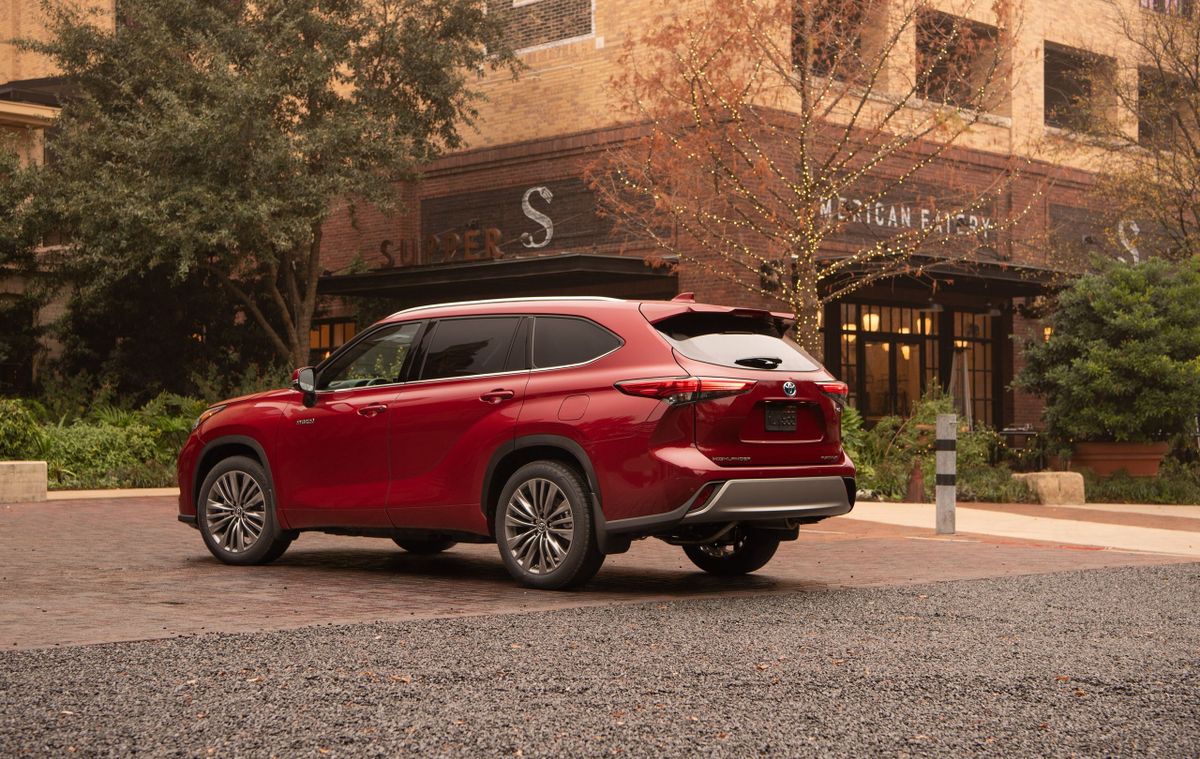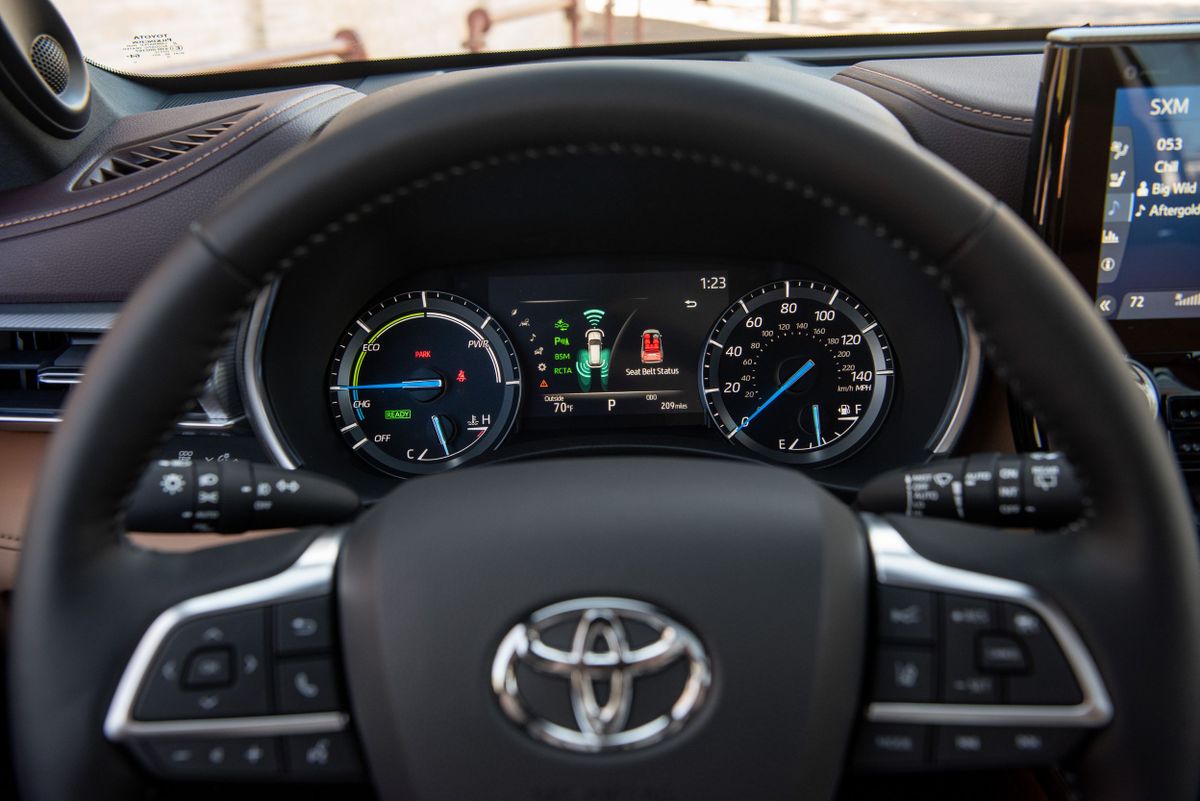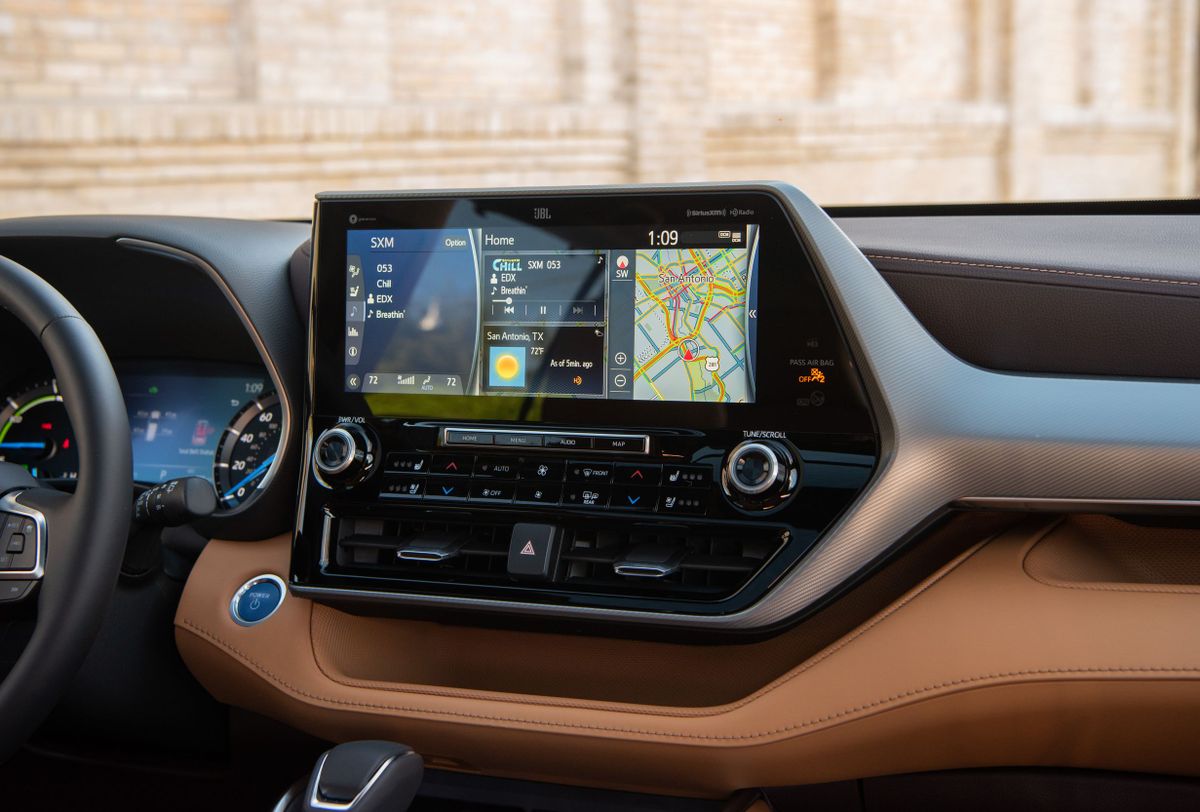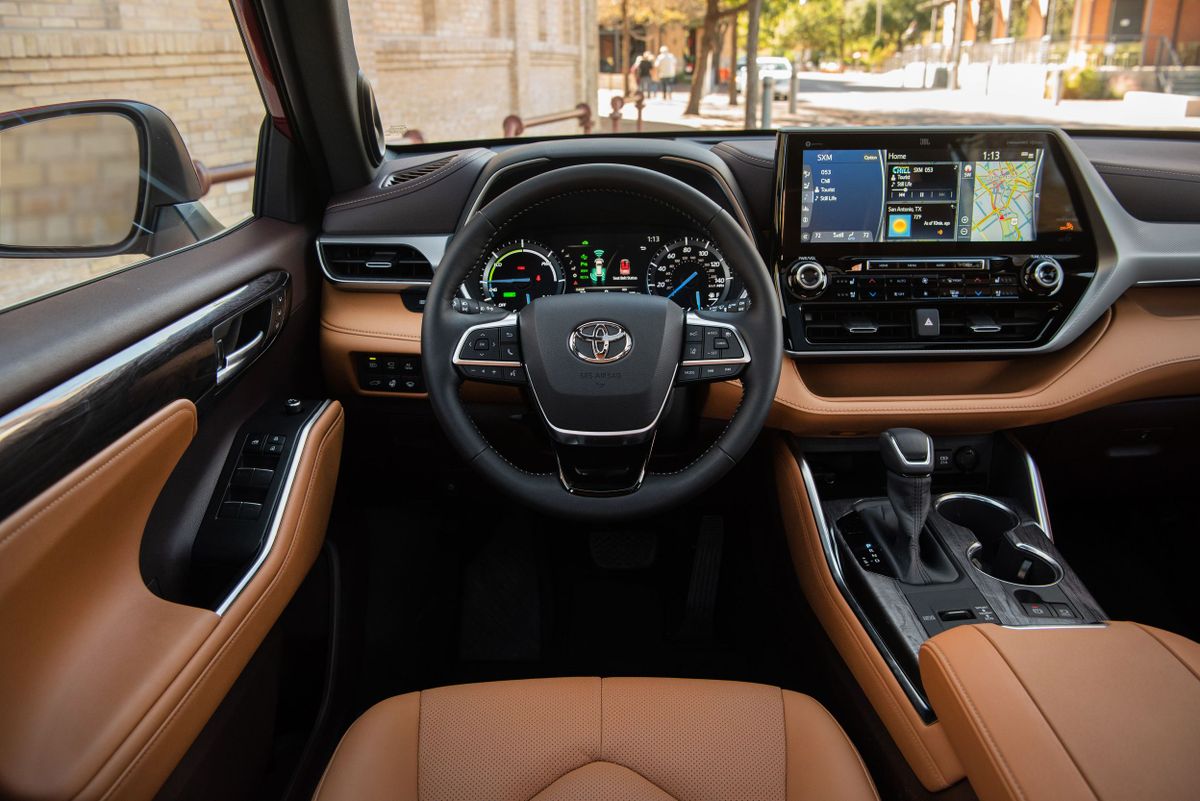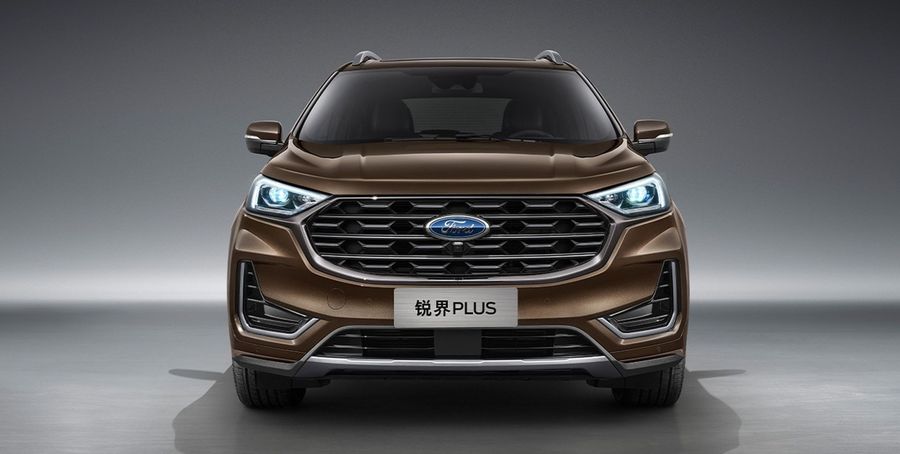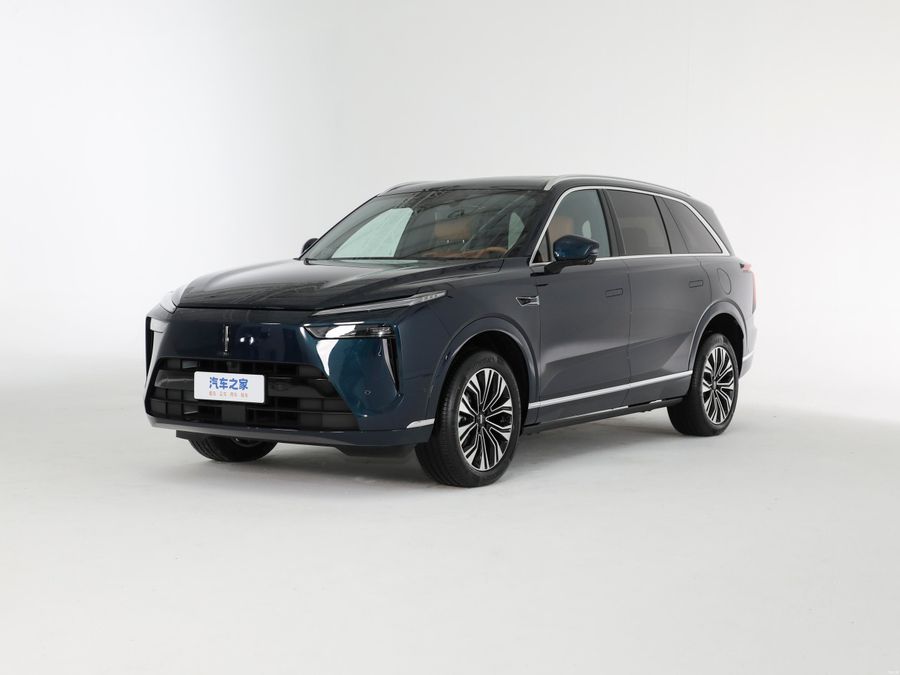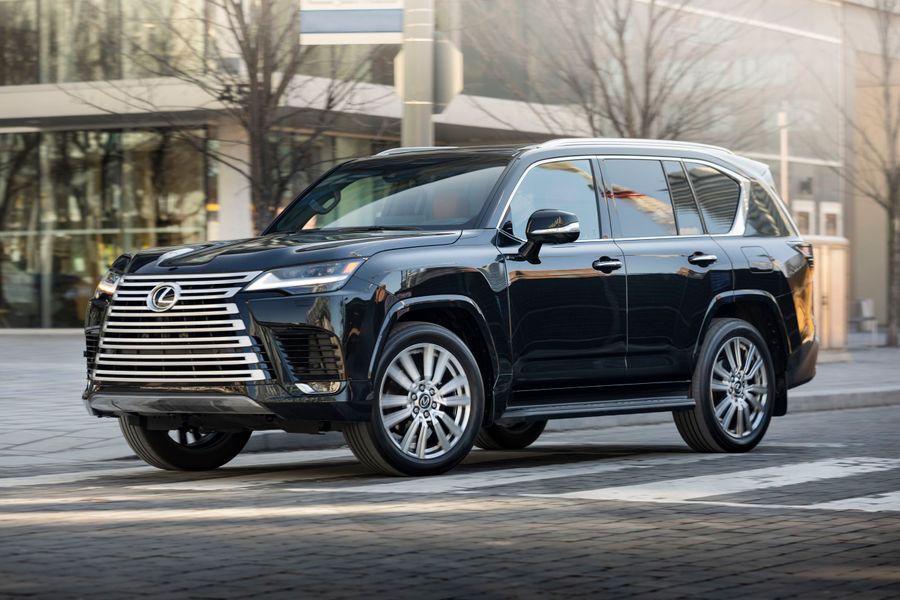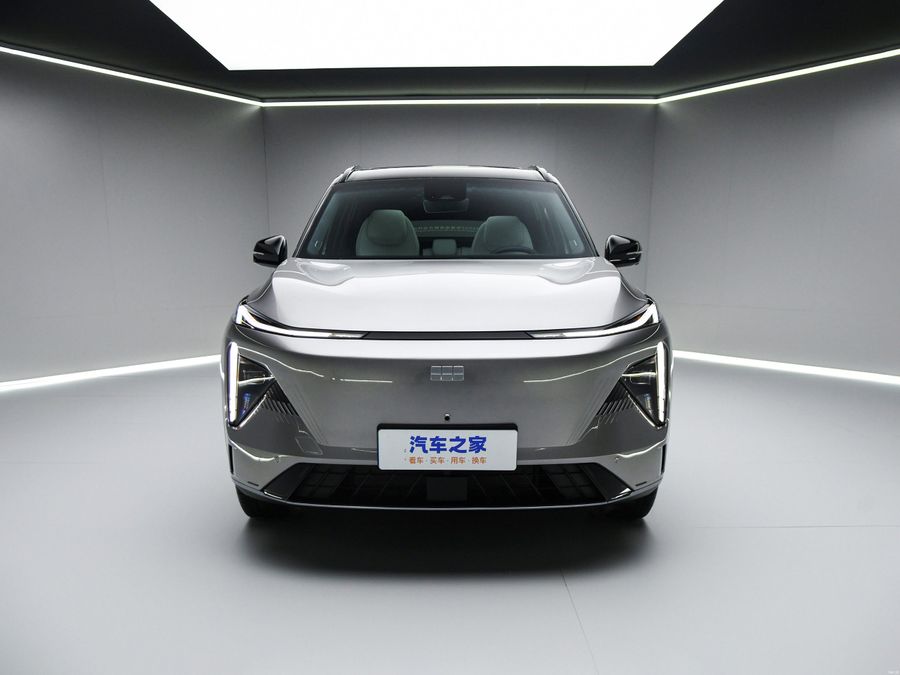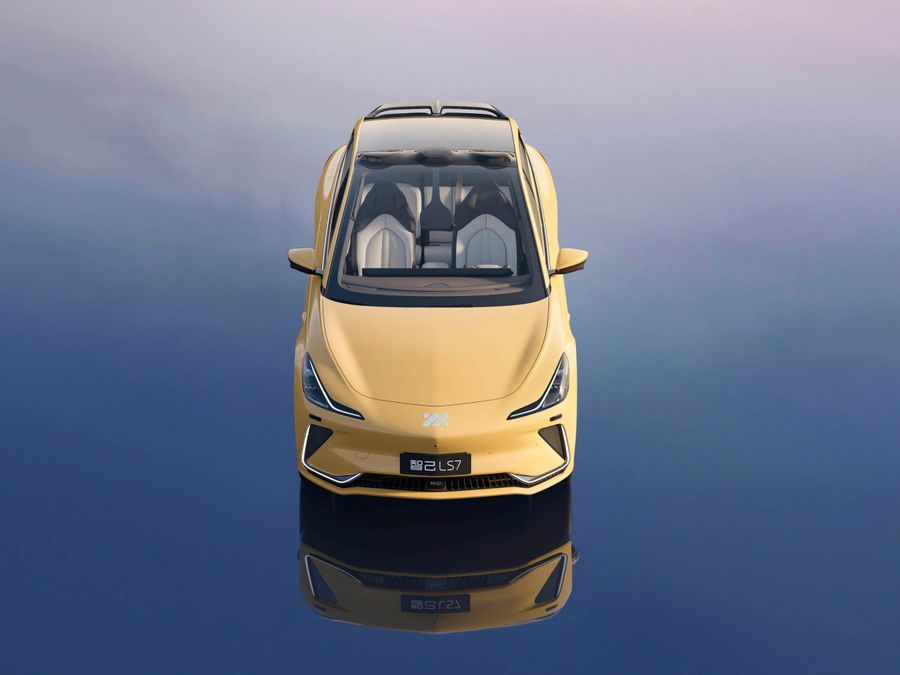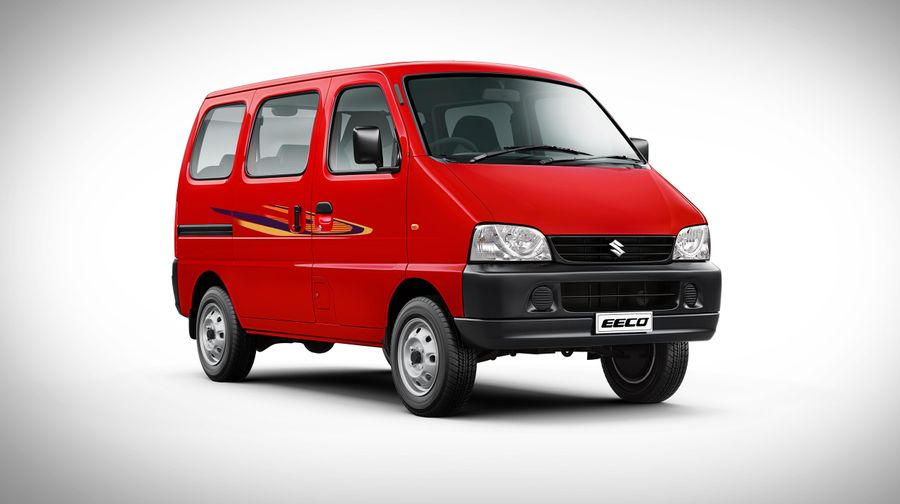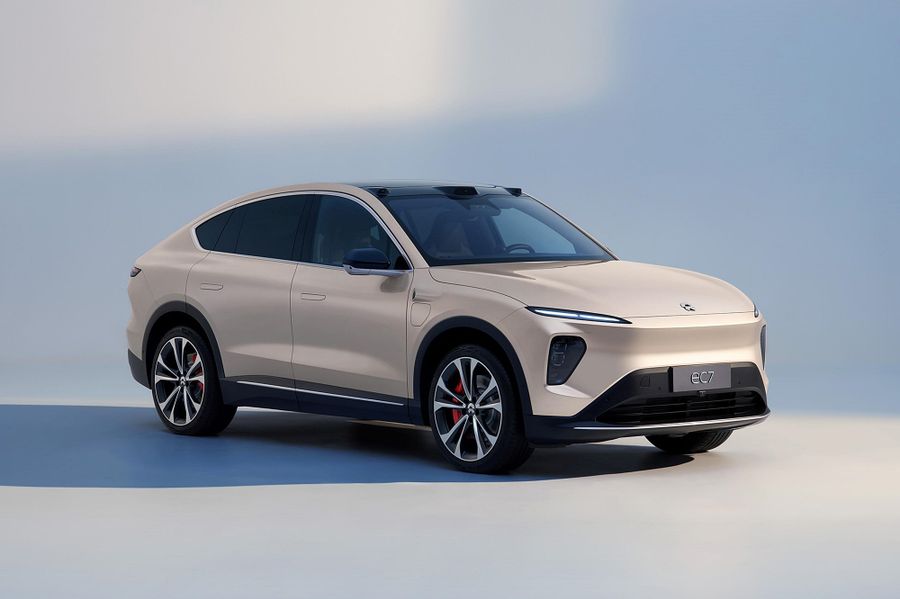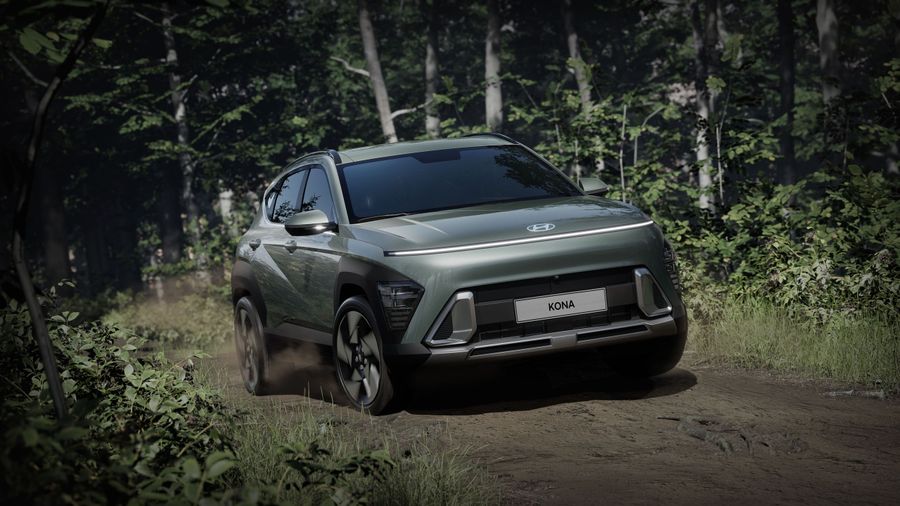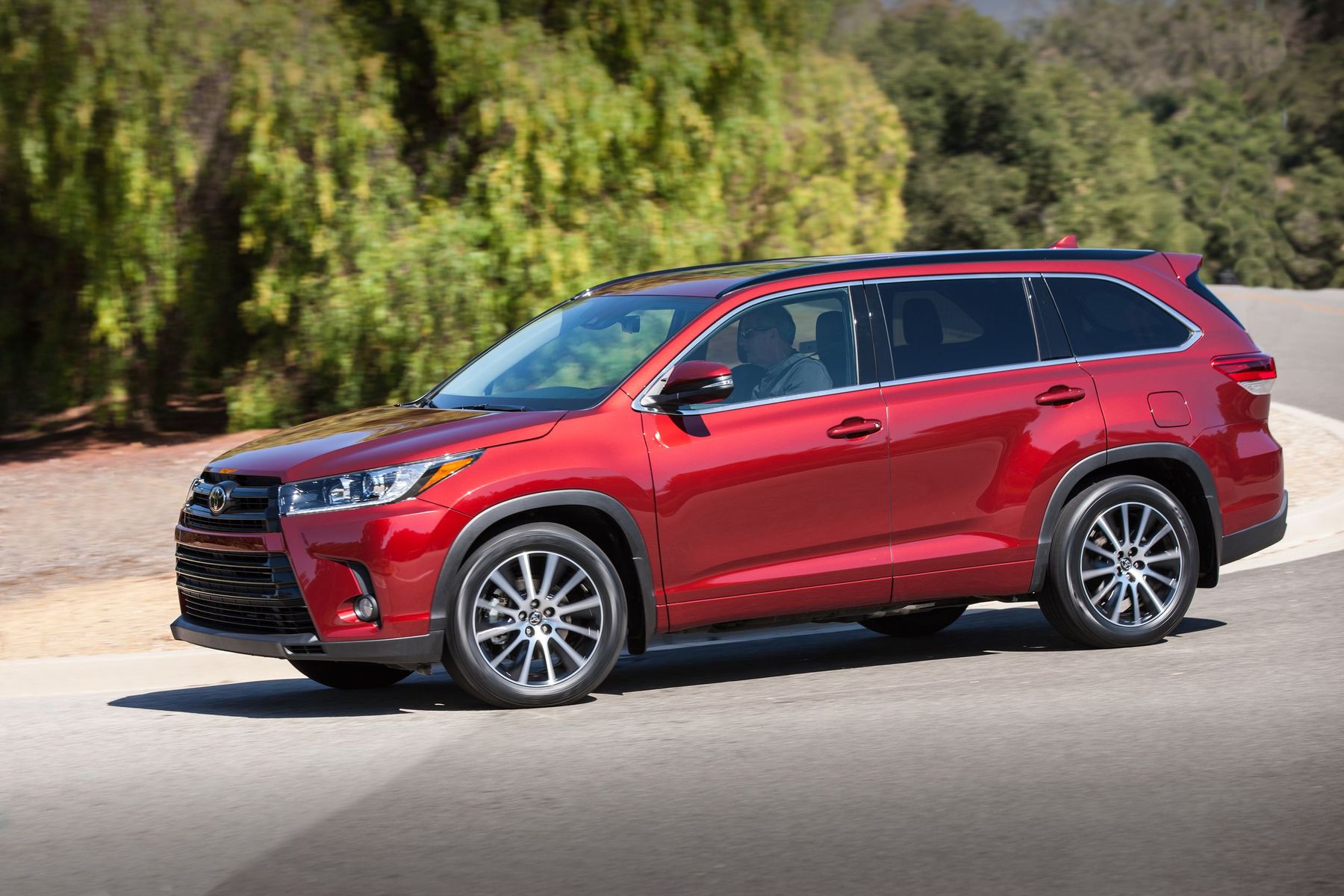
Toyota Highlander. Smart SUV
The Toyota Highlander is a mid-size SUV manufactured by Toyota (Japan) since 2000. Both front and all-wheel drive versions are available. There is also a hybrid version. In 2021, Israeli buyers can purchase the fourth generation of the 2020 SUV.
In English, a ‘Highlander’ means a ‘mountain man’. Toyota could not use this name in Australia and Japan because another car with the same name was already on sale on those markets. Therefore, in these countries, Highlander is called Kluger (the German word ‘klüger’ means smart or even very smart).
The modern Highlander is a perfect full-size crossover SUV with off-road vehicle ambitions. It is distinguished by its impressive design, spacious seven-seater interior, innovative equipment, uncompromising levels of safety and legendary Toyota reliability. The Highlander is positioned as a vehicle for those who love an active driving style. Its direct competitors are the mid-sized Ford Explorer SUV, the large Mitsubishi Pajero, the full-size Nissan Patrol, and even Toyota’s own Land Cruiser SUV.
The American Insurance Institute for Highway Safety (IIHS) ranked the Highlander as the second SUV after the Toyota 4Runner with the lowest road traffic fatality rate. And according to the independent assessment conducted by ANCAP (Australasian New Car Assessment Program), the Toyota Highlander/Kluger received the highest 5-star safety rating.
The first generation
It was produced from 2000 to 2007, and was restyled in 2003. The first Highlander was built on the Toyota Camry platform, which was also used for the Lexus RX/Toyota Harrier. It was after the success of the Lexus RX in the United States that Toyota decided to create an affordable version of this vehicle. The marketers' plans worked out. Thus, the SUV, created specifically for the United States, occupied an empty niche between the Toyota RAV4 and 4Runner and became very popular. About six thousand vehicles were sold per month in America and about two thousand in Japan.
The new SUV had a monocoque body and independent rear suspension. However, it could not boast of outstanding off-road capabilities. The front-wheel drive and all-wheel drive (with viscous inter-axle coupling) versions were offered. It was possible to choose between five- and seven-seater interior options. The SUV was equipped with a 2.4-liter petrol engine generating 155 hp and a 3.0-liter V6 petrol engine with 220 hp, coupled with a 4-speed automatic transmission.
In 2003, the Highlander became the best-selling SUV in the United States.
After the restyling in 2003/2004, the previous 6-cylinder engine was replaced with a new 3.3-liter engine generating 225 hp, which was supplemented by a 5-speed automatic transmission. The vehicle featured a new grille and front bumper, as well as a new center console with aluminum inserts and multifunction steering wheel. In 2003, the Highlander became the best-selling SUV in the United States.
In 2005, the manufacturer introduced a hybrid version of the Highlander, equipped with a 3.3-liter petrol engine and an electric motor. The hybrid system was capable of producing a total of 270 hp, while the average fuel consumption was only 7.8 l/100 km.
The second generation
It was produced from 2007 to 2013, and was restyled in 2010. Sales of the second Highlander began in July 2008, whereas the hybrid version went on sale in September 2008. The SUV was equipped with a 3.5-liter V6 engine with 270 hp, coupled with a 5-speed automatic transmission. Moreover, both front-wheel drive and all-wheel drive modifications were available. The hybrid had a powertrain with a 3.3-liter petrol 6-cylinder engine (later replaced by a 3.5-liter version) and an electric motor. In 2008, the manufacturer presented a new basic version of the SUV with a 2.7-liter 4-cylinder engine generating 188 hp, equipped with front-wheel drive and a 6-speed automatic transmission.
After the restyling in 2010, the SUV has acquired a different ‘facial expression’, at the same time it started being supplied to Russia and Ukraine.
The third generation
It was produced from 2013 to 2020, and was restyled in 2016 (as of 2021, the 2016 restyled version continues to be sold, despite the release of the 4th generation). The third Highlander has become bigger, more dynamic and roomier. It comes in both seven and eight seater variants. There are two petrol engines to choose from: a modified 3.5-liter engine and a new 2.7-liter one. Both are equipped with a 6-speed automatic transmission.
The third-generation Toyota Highlander features a new silhouette with chrome accents, a trapezoidal grille, new LED low-beam headlamps and daytime running lights, as well as a power tailgate with height memory, chrome moldings and 19-inch wheels.
The interior is finished with better quality materials, featuring a 4.2-inch display and an 8-inch touchscreen for the multimedia navigation system, several new driver assistance systems, a more thoughtful distribution of space inside the passenger compartment and an upgraded suspension, which made the vehicle easier to handle. The entry-level trim now includes adaptive cruise control and 8 airbags.
After the restyling in 2017, the Highlander has acquired a new design, an expanded choice of options and a new 3.5-liter V6 direct injection engine (it still generates 249 hp). There is also a new 8-speed automatic transmission.
The fourth generation
It has been produced from 2020 to the present (as of 2021). The new Toyota Highlander is four-wheel drive, whereas the basic version has a transmission with a traditional rear axle clutch, and the Luxe Safety version features two separate rear wheel clutches (this allows you to flexibly redistribute torque between the wheels). It is now a large seven- or eight-seat SUV. Only the hybrid version is supplied to Israel.
The transition to the new global TNGA architecture has improved all characteristics of the SUV, improving handling and maneuverability, increasing traveling comfort and making the vehicle even more convenient for passengers.
Thanks to the new TNGA platform, the new Highlander has become bigger and received a new brutal but elegant design. The SUV features a two-level trapezoid shape of the radiator grille, powerful arches and a central part of the hood protruding forward. The elegant shape of the LED headlights demonstrates a distinctive style, while the rearward-facing roofline, which literally floats in the air thanks to black-painted pillars, makes the vehicle look dynamic. The impressive exterior is complemented by large 20-inch wheels, muscular body sidewalls and a decorative trim at the rear, which continues the design theme expressed by the shape of the front bumper.
The 2020/2021 Toyota Highlander is one of the safest vehicles on the market, which is confirmed by the highest score according to the results of tests by three independent organizations: NHTSA, IIHF and ANCAP.
Thanks to a 60 mm longer wheelbase, 40 mm lower body and the transfer of the electric power steering to the steering rack, the SUV has acquired a roomier passenger compartment, a lower center of gravity, improved driving characteristics and a perfect balance between convenience and handling. The new suspension settings optimally isolate the passengers from the road surface imperfections, and the significantly improved aerodynamics and high-class noise insulation increase the traveling comfort to the maximum.
The 2020/2021 Toyota Highlander is one of the safest vehicles on the market, which is confirmed by the highest score according to the results of tests by three independent organizations: NHTSA, IIHF and ANCAP. The full-size SUV is equipped with the Toyota Safety System 2.0 package of active safety systems, which detect the possibility of a collision in time with the advanced frontal collision warning system PCS with an extended speed range, RSA (road sign assist), DRCC (dynamic radar cruise control system), which allows you to slow down to a complete stop and resume movement without losing comfort. The iDRCC Intelligent Cruise Control has a function to maintain the speed indicated on the road signs.


